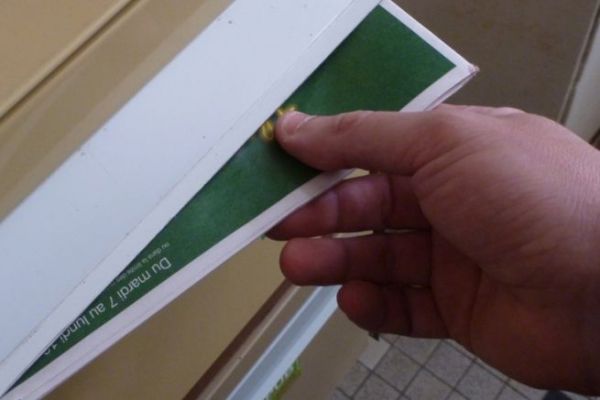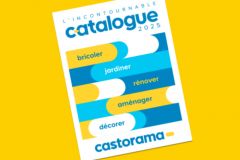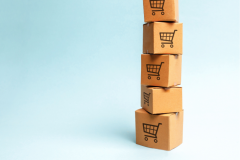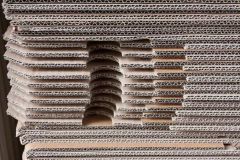The gradual disappearance of paper leaflets in the retail sector is not without consequences. A new study from the Netherlands confirms this the trends identified in Germany that we presented to you a few days ago . In January 2023, Lidl stopped distributing its leaflets in the province of Utrecht. This decision enabled three researchers - Arjen van Lin (Tilburg University), Kristopher Keller (University of North Carolina at Chapel Hill) and Jonne Guyt (University of Amsterdam) - to observe the impact on the behavior of 2,772 households used to frequenting the chain. Their study, published in early 2024 and entitled Cutting the Paper Cord? reveals a clear drop in purchases after the elimination of paper advertising.
A direct drop in sales following the abolition of leaflets
According to this university study, Lidl lost 7.7% of its sales in this area. The decline concerned both promotional items (‚euros 4.6%) and non-promotional items (‚euros 6.3%). The number of checkouts also fell by 2%. By contrast, competing banners recorded a 6.2% rise in spending, without any increase in the number of visits, suggesting a reallocation of spending.
Print advertising, a tool for activating occasional customers
The loss of loyalty mainly affects occasional customers. Among these consumers, the withdrawal of leaflets led to an 8.8% drop in total spending, and a 5.7% drop for promotional products.
The Dutch study underlines that this customer segment is particularly sensitive to the recurrent presence of the paper medium as a means of staying in touch with the brand. The printed catalog acts as a visual reminder, making the brand present in the consumer's everyday environment.
A digital alternative that's hard to convince
Despite the emphasis on digital support via the Lidl Plus app, digital support has not compensated for the disappearance of paper. Households already using the digital catalog did not change their habits, while those who came to it by default showed disengagement, with a general decline in spending.
And consumer reading habits confirm the relevance of the paper medium. In the Netherlands, 54% of consumers say they would regret not receiving leaflets.
This highlights the limits of dematerialization, particularly in terms of user engagement and accessibility.
Converging trends in Germany
Prospekt Monitor 2025 barometer, conducted by IFH Media Analytics provides additional insight into the robustness of the paper medium.
In Germany, 93% of consumers still read printed leaflets at least occasionally, and 78% do so every week. The dominant model remains that of hybrid consumption, combining print and digital.
A review of systematic suppression
The German results show that 51% of consumers feel affected by the abolition of leaflets, and only 26% view this choice positively. For 62%, perceived information is reduced, and 45% say they buy less often from the chains concerned. These elements confirm the effects measured in the Lidl case: loss of sales, reduced traffic, and redistribution of purchases to other chains.
Flyers: an underestimated marketing tool
The Lidl study shows that consumers who have adopted the digital catalog out of compulsion have not compensated in terms of commitment. Conversely, the paper format acts as a mental anchor and triggers a visit. The leaflet is not just a promotional medium: it structures weekly purchasing decisions.
These findings raise the question of how to better assess the ROI of print versus digital, and how to strategically link the two channels.









